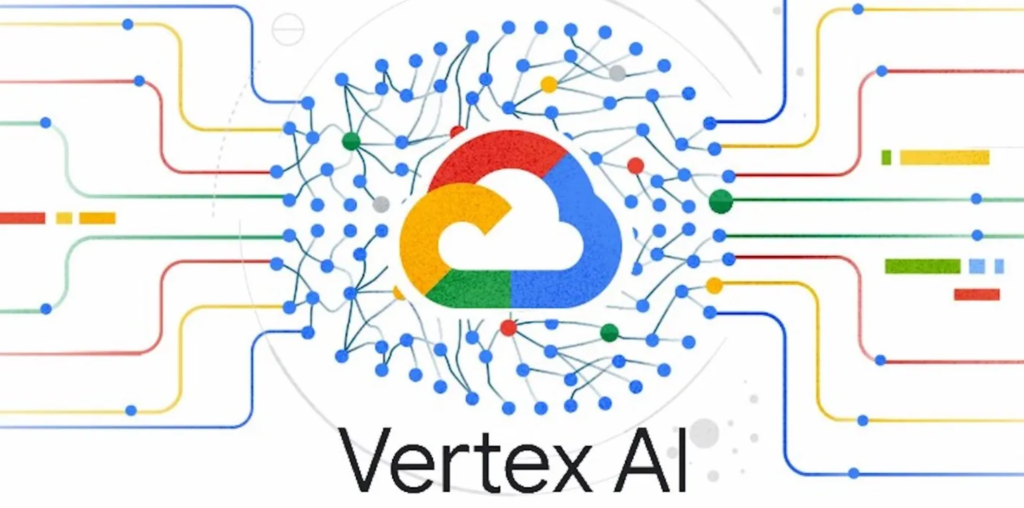Looking to enhance your online customer interactions and optimise your Conversational AI for your website and mobile app? Great idea! You’re aware of the potential benefits of conversational AI for your business. However, when it comes to effectively training your Conversational AI to engage with your customers, things can get a bit tricky.
So, where do you begin? The answer lies right here. In this blog post, we’ll dive into the essential steps and strategies for training your Conversational AI, enabling you to foster meaningful interactions and connect with an ever-growing customer base on your website and mobile app.
1. Set Clear Objectives
Before diving into the world of conversational AI, it’s essential to define your marketing objectives. What do you hope to achieve with this technology? Are you looking to increase lead generation, improve customer support, or boost sales? Having clear objectives will help you tailor your conversational AI training process to meet specific goals.
2. Choose the Right Platform
Selecting the right platform for your conversational AI is crucial. Numerous AI platforms and chatbot builders are available, each with its unique features and capabilities. Make sure to choose one that aligns with your business needs, offers robust training options, and integrates seamlessly with your existing marketing tools. Here are some examples:
- Google Vertex AI platform: Vertex AI is a machine learning (ML) platform that lets you train and deploy ML models and AI applications, and customise large language models (LLMs) for use in your AI-powered applications. Vertex AI combines data engineering, data science, and ML engineering workflows, enabling your teams to collaborate using a common toolset and scale your applications using the benefits of Google Cloud.

- Amazon Lex: Amazon Lex offers a powerful platform for building conversational interfaces using natural language understanding technology. It’s well-suited for businesses looking to integrate chatbots into their AWS-powered applications. Lex supports voice and text interactions and can be used for various use cases, including customer support and virtual assistants.

3. Understand Your Audience
To create effective conversational AI, you need to understand your target audience thoroughly. Conduct thorough market research to gain insights into your customers’ preferences, pain points, and communication preferences. Are they seeking quick answers to common questions, detailed product information, or assistance with complex issues? Understanding these nuances is key to tailoring your conversational flow to meet their specific needs.
4. Design a Conversational Flow
Once you have a clear understanding of your audience, it’s time to design a conversational flow.
To create a conversational flow that resonates with your audience, start by mapping out potential customer journeys. Visualise the various paths users may take when interacting with your website or app. Identify critical touchpoints where Conversational AI can seamlessly integrate and enhance the user experience.
These touchpoints might include:
- Onboarding: Welcoming new users and guiding them through the initial setup process.
- Product Exploration: Assisting users in browsing and discovering products or services.
- Support and Assistance: Providing real-time support and resolving customer inquiries.
- Checkout and Transactions: Streamlining the purchase process and addressing payment-related questions.
- Feedback and Surveys: Collecting user feedback and conducting surveys for continuous improvement.
5. Develop High-Quality Content

Content is king in the world of conversational AI. Develop high-quality, informative, and engaging content that aligns with your marketing objectives and brand identity. Ensure that your AI can provide valuable information, answer common questions, and offer product recommendations where appropriate.
6. Train for Natural Language Understanding
One of the key strengths of conversational AI is its ability to understand natural language. Training your AI to recognise and interpret various language nuances, dialects, and user intents is crucial. This involves using machine learning algorithms and providing the AI with a diverse dataset to learn from.
7. Implement Continuous Learning
Your conversational AI should be a dynamic entity that continues to learn and adapt over time. Implement mechanisms for continuous learning, allowing your AI to evolve based on user interactions and feedback. Regularly update content and refine conversational flows to stay relevant and effective.

8. Personalise Interactions
Personalisation is the cornerstone of successful marketing campaigns. Use data and user profiles to personalise conversations with your customers. Tailor product recommendations, content suggestions, and responses based on user preferences and past interactions.
9. Monitor and Analyse Performance
To gauge the effectiveness of your conversational AI, you need robust monitoring and analytics tools. Track key performance metrics such as user engagement, conversion rates, and customer satisfaction. Use these insights to make data-driven improvements and optimisations.
10. Stay Ethical and Transparent
Finally, it’s crucial to maintain ethical practices when using conversational AI. Be transparent with users about the use of AI and data collection. Respect privacy and data security concerns to build trust with your audience.

Training your conversational AI for better marketing results requires a strategic approach that aligns with your business goals and audience needs. By setting clear objectives, selecting the right platform, and continuously improving your AI’s capabilities, you can create a powerful tool that enhances customer engagement and drives marketing success. Stay attuned to the ever-evolving landscape of AI technology, and your business will be poised for success in the digital age.

